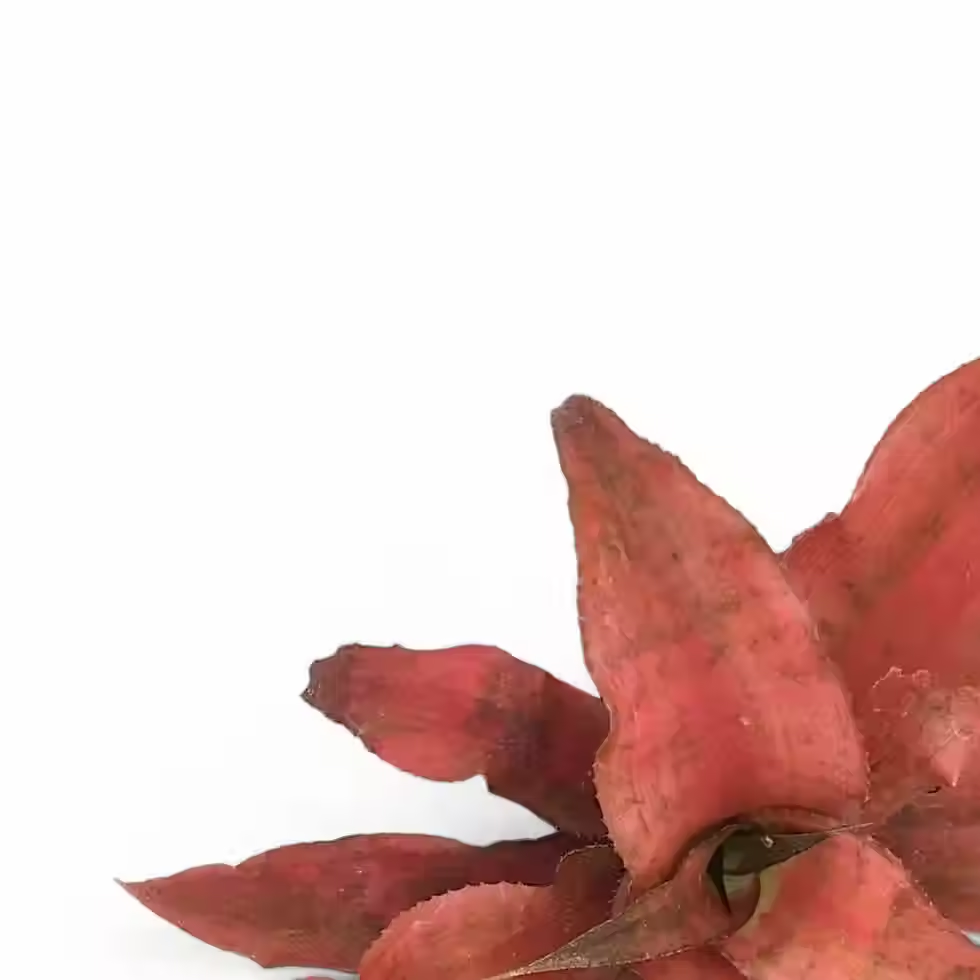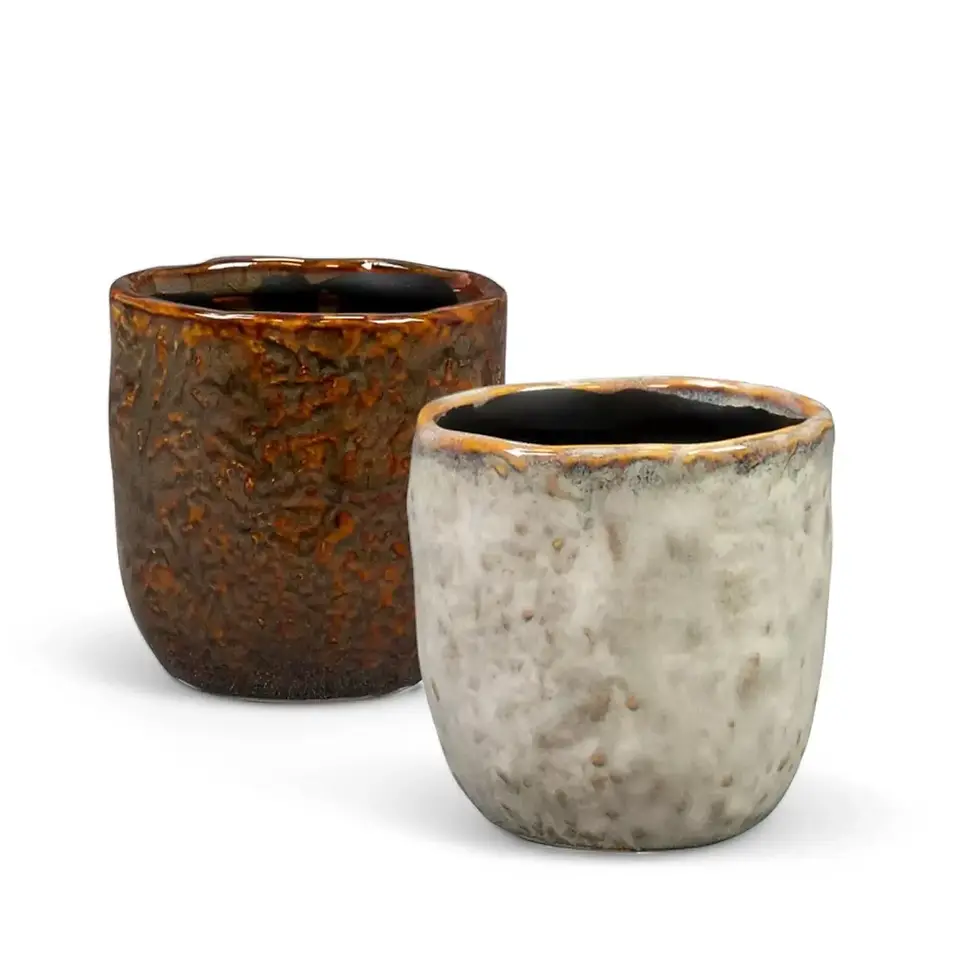Dypsis lutescens - Areca Palm Care and Growing Guide
Dypsis lutescens, also known as the Areca palm, is a popular indoor plant admired for its elegant, feathery fronds and golden-green canes. With its multiple stems resembling bamboo and gracefully arching leaves, this tropical palm creates a lush, vibrant atmosphere in any space. More than just a decorative houseplant, the Areca palm thrives with minimal maintenance, making it a favorite among plant lovers.
Key Benefits of Dypsis lutescens
- Elegant and Decorative - Features soft, feathery fronds that enhance any interior with tropical charm.
- Fast Growth - Quickly develops into a full, bushy plant, providing natural privacy and greenery.
- Pet-Friendly - Non-toxic to cats and dogs, making it a safe choice for pet owners.
- Resilient and Easy to Grow - Adapts well to indoor conditions and requires minimal care.
- Drought Tolerant - Can handle short dry periods without significant damage.
Dypsis lutescens - Habitat and Natural Growth Conditions
Native to Madagascar, the Areca palm thrives in warm, humid environments with average temperatures ranging from 18-30°C. In the wild, it grows in dense tropical forests with consistent rainfall and indirect sunlight. Indoors, it typically reaches 1.5-3 meters in height, depending on care and space. With a moderate to fast growth rate, Dypsis lutescens forms a clumping habit with multiple cane-like stems emerging from the base. It is non-toxic but may develop brown leaf tips if humidity is too low or if over-fertilized. With proper care, Dypsis lutescens can live for decades.
How to Care for Dypsis lutescens
- Placement - Best placed in bright, indirect light but adapts to lower light conditions.
- Light - Thrives in bright, filtered light. Avoid prolonged exposure to direct sunlight, which may scorch fronds.
- Watering - Keep soil evenly moist but allow the top 2-3 cm to dry between waterings to prevent root rot.
- Humidity - Prefers moderate to high humidity. A humidifier can help in dry environments.
- Temperature - Ideal range is 18-30°C. Avoid temperatures below 15°C.
- Soil - Well-draining potting mix rich in organic matter, such as coconut coir, perlite, and compost.
- Repotting and Pot Choice - Requires repotting every 2-3 years. Use a pot with drainage holes to prevent waterlogging.
- Fertilizing - Feed monthly with a balanced liquid fertilizer during active growth. Reduce feeding in winter.
- Propagation - Best propagated by dividing clumps rather than from seed.
- Semi-Hydroponics and Hydroponics - Adaptable to inert substrate setups and full hydroponic growing.
- Pruning - Remove old, yellowing fronds at the base to maintain a neat appearance.
Dypsis lutescens - Common Issues and Troubleshooting
- Brown Leaf Tips - Usually due to dry air, over-fertilization, or tap water chemicals. Use filtered water and increase humidity.
- Yellowing Leaves - Overwatering is the most common cause. Ensure proper drainage and a consistent watering schedule.
- Pests - Areca palm can attract spider mites, mealybugs, scale, and thrips. Use neem oil or insecticidal soap to treat infestations.
- Root Rot - Caused by excessive watering or poor drainage. Use a breathable pot and well-draining soil.
- Drooping Fronds - Often a sign of inconsistent watering or extreme temperature changes.
- Fungal Issues - Powdery mildew or leaf spot can appear in humid conditions. Improve airflow and avoid overhead watering.
- Slow Growth - Insufficient light or nutrients can hinder growth. Ensure optimal placement and regular feeding.
- Leaf Curling - Usually caused by underwatering or low humidity. Adjust watering and misting routine accordingly.
Additional Tips for Thriving Areca Palms
Understanding the natural habitat of Dypsis lutescens helps provide optimal care. Mimicking the warm, humid climate of Madagascar will encourage healthy growth. This plant prefers stability, so avoid moving it frequently or exposing it to drafts. Regularly wiping the leaves with a damp cloth or microfiber dusting gloves for plants improves photosynthesis and reduces dust buildup.
Etymology of Dypsis lutescens
The genus Dypsis originates from Greek, referring to a type of palm tree. The species name lutescens derives from Latin, meaning "yellowish," describing the golden hue of its stems. Originally classified as Chrysalidocarpus lutescens by Hermann Wendland, it was later reclassified by Beentje and Dransfield in 1995.
Dypsis lutescens - Frequently Asked Questions
→ 1. How fast does an Areca palm grow?
Under ideal conditions, Areca palms can grow 20-30 cm per year, making them a fast-growing houseplant.
→ 2. Can Dypsis lutescens tolerate low light?
While it adapts to low light, it thrives best in bright, indirect light.
→ 3. How do I make my Areca palm bushier?
Ensure consistent moisture, regular feeding, and occasional pruning to encourage a fuller shape.
→ 4. Can Areca palm be grown outdoors?
Yes, in warm climates where temperatures stay above 15°C year-round, Dypsis lutescens thrives in partial shade.
→ 5. How should I clean Areca palm leaves?
Gently wipe the leaves with a damp cloth or microfiber dusting gloves for plants to remove dust. Avoid leaf shine products.
Add Tropical Elegance to Your Home with Dypsis lutescens
Order your Areca palm today and transform your indoor space with lush greenery!
Dypsis lutescens
Dypsis lutescens comes in following sizes:
XXS – is approximately 30 cm tall and comes in a ⌀ 12 cm pot.
XS – is approximately 50 cm tall and comes in a ⌀ 14 cm pot.
S– is approximately 65 cm tall and comes in a ⌀ 17 cm pot.
M – is approximately 80 cm tall and comes in a ⌀ 19 cm pot.
L – is approximately 90 cm tall and comes in a ⌀ 21 cm pot.
XL – is approximately 120 cm tall and comes in a ⌀ 21 cm pot.
XXL – is approximately 130 cm tall and comes in a ⌀ 24 cm pot.
XXXL – is approximately 140 cm tall and comes in a ⌀ 27 cm pot.

























































